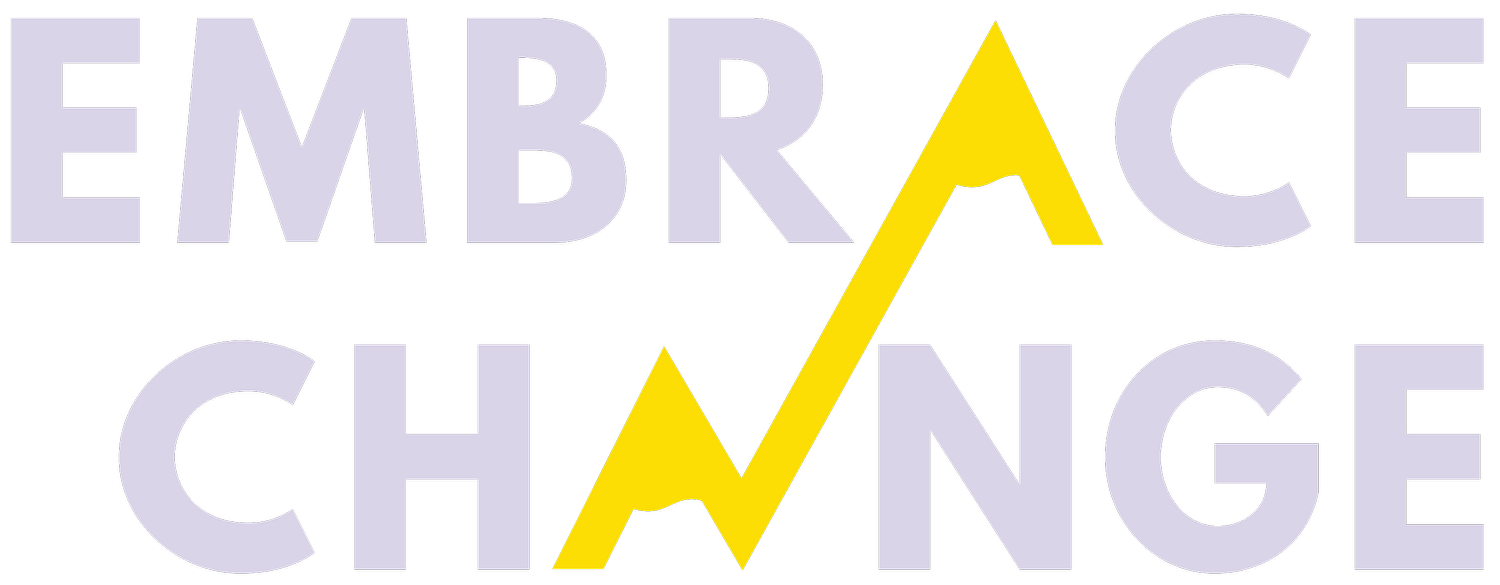The ‘Glass Ceiling’ Is A ‘Concrete Ceiling’ For Women Of Color
Here’s How We’re Hammering Away At the Obstacles
The roadblocks women, especially women of color, encounter in our professional journeys seem endless. The “glass ceiling,” or the invisible barrier that stops women from advancing within their role, organization, and overall industry (due to gender bias), is a term that gets circulated early in your career. And for some, the introduction to its systemic obstacles appear way before you’ve ever uttered the word.
Women of color — particularly Black and/or Indigenous women — have an added layer: race. “Double jeopardy,” a term coined by Black feminist activist Frances M. Bea to describe the coinciding forms of sexism and racism experienced by Black women and other women of color, greatly impacts the professional lives of underrepresented women and femmes. You know, the unclear path to mid-level or senior-level positions within your company, lack of support from leadership, or unfair compensation packages; let alone, simple recognition for the way you’ve positively impacted the company mission and bottom line. It’s why the “glass ceiling” doesn’t quite capture what BIWOCs go through in the workplace. It’s not glass, but a concrete ceiling — which Aspen Institute’s Jasmine Babers notes is a term designed for women of color. Tracing back to Victoria Sepand’s 2015 thesis on “The Black Ceiling," the concrete ceiling shuts us out of even envisioning upward mobility and future opportunities for success.
Women of color make up only 4% of C-level positions, according to the 2021 Women in the Workplace report by McKinsey & Company and LeanIn.Org. Not only has this figure remained the same since the year before (you know, when companies vowed to take a stance on racial inequalities), it’s drastically lower than the 62% of white men and 20% of white women holding similar positions. Additionally, it’s as low as 0% for certain groups of women of color (Native Hawaiian and other Pacific Islander women).
Though the stats are disheartening – and countless workplace hurdles, including gaslighting, microaggressions and respectability politics, make moving into leadership roles feel nearly impossible – there are strategic tactics that can speed your journey. As a WOC career coach who is invested in seeing you win big as an executive leader, I want to share a few tips to help you hammer away the obstacles:
BUILD RELATIONSHIPS
Growing up, were you told to just keep your head down and do the work? For many professionals of color, those words will place you on the fast-track to career stagnation. Of course, prioritize your work; however, the secret to progressing in your career is building workplace relationships.You can do a phenomenal job in your role, but do people know you? Follow-up question: are there people who know you who will take action on your behalf – open up doors for you, say your name in rooms you’re not in, nominate you for awards and recognition?
Given the obstacles we face in professional environments, I’ll admit, opening yourself up comes with valid concerns. But building relationships has a number of benefits, like supporting a positive team dynamic, heightening creativity, and mentorship and sponsorship. It’s important to mention that a sponsor relationship often stems from a mentorship relationship, and a sponsor often feels personally invested in the success of your career. A sponsor will introduce you to senior leadership in your company, involve you in career-defining opportunities, advocate for you – and your work – in rooms that you’re not in and, ultimately, increase your visibility.
STEP OUT OF YOUR COMFORT ZONE AND BE SEEN
In the professional realm, people aren’t necessarily expecting women of color to take up space, let alone be vocal about their contributions to a company. That being said, we gotta find safe and smart ways to do it anyway! It may take some groundwork and practice, but get in the habit of placing yourself in position to inquire about career-enhancing projects or speak confidently about your work. This will put you on the radar of folks across the organization and within your industry.
In the latest Leadership Accelerator cohort, a majority of the participants personally experienced the profound importance of increasing visibility in their careers – and how the program gave them the tools to be seen, confidently and authentically.
“Our cohort was filled with women holding significant positions in organizations all across the country. One particular person, after hearing me talk about my brand and mission, invited me to speak to her university,” shares JB. “I was paid for the speaking engagement and, more importantly, it helped me introduce my brand to her entire community, and helped add to my visibility and following as we both promoted that I'd be speaking there. This added to my credibility and helps further me as a source of authority.”
A few strategies to increase your visibility:
During a one-on-one with your supervisor/manager, share your plans to be more visible and get their insight and advice on raising your profile
Speak up in meetings
As a subject-matter expert, seek out speaking and writing opportunities in your field
Take on big projects where your expertise shines through – and then talk about what you achieved and led
FIND COMMUNITY
This often gets overlooked, but being in community does so much for us holistically. There’s something incredibly special and rare about being able to openly discuss workplace challenges and wins collectively with other women of color, who have had very similar experiences. All too often we are subjected to learning environments that are psychologically and emotionally unsafe for us.
If you’re a woman of color or nonbinary person of color leader looking for a community of peers and leadership development training to launch you to the next level of your leadership, apply to the waitlist for next cohort of the Leadership Accelerator today. It’s the only leadership certification program designed specifically for women of color across industry.


